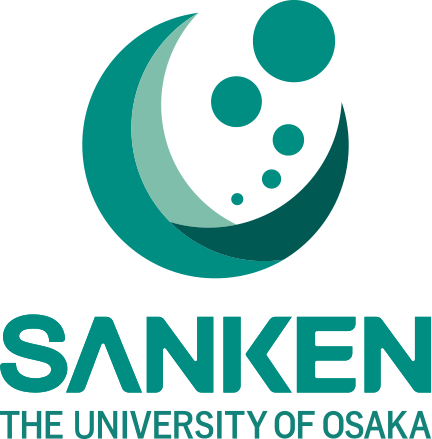3D-network of ultra-fine single-crystal α-MoO3 nanorod arrays based gas sensors show a prompt response and discrimination to VOCs. S. Cong, T. Sugahara, and co-workers illustrate the performance of the sensors strongly depend on the specific morphologies of the nanorod arrays, such as length, number and coverage of nanorods in the 3D network. The arrays are spontaneously grown by a simple single-step solution route. A prompt response and obvious discrimination of ethanol, methanol, isopropanol and acetone vapors at 573 K are investigated via the modulation of the resistance of the gas sensors. The conductance modulation of the nanorod arrays are attributed to the hydrogen ions decomposed from VOCs intercalated into the van de Waals's gaps of layered α-MoO3 and the subsequent reduction the cornered oxygen to H2O. The sensitivity, response time and recovery time of the sensors strongly depend on the specific morphologies of the nanorod arrays, such as length, number and coverage of nanorods in the 3D network. A reaction mechanism in which the 3D-network nanorod arrays adsorb and react with the target molecules more readily than the seed layer is proposed to explain the different response and recovery times of the sensors. These random 3D-network nanorod arrays with functionally tunable morphology are promising for universal application as gas sensors for detecting various vapors, and provide valuable insights for the production of fast, large-scale, low-cost and simple synthesis of sensing devices.

Figure. a Photo figure of the gas sensor device, and b Cross-sectional FE-SEM image of
the MoO3 nanorod arrays.
This work has been published online by Advanced Materials Interfaces on May 27, 2016. (see http://onlinelibrary.wiley.com/doi/10.1002/admi.201600252/abstract) and will be appeared on the inside cover of the July 22, 2016 issue.
Title: Diverse Adsorption/Desorption Abilities Originating from the Nanostructural Morphology of VOC Gas Sensing Devices Based on Molybdenum Trioxide Nanorod Arrays
Related Link
Suganuma Laboratory, The Institute of Scientific and Industrial Research, Osaka University
https://www.sanken.osaka-u.ac.jp/en/organization/sec/sec_04/
Keywords:
oxide semiconductors, MOD (Metal Organic Decomposition) Method, gas sensors, VOCs (Volatile Organi

